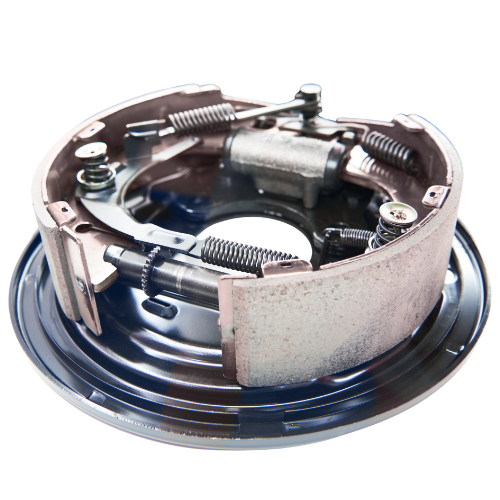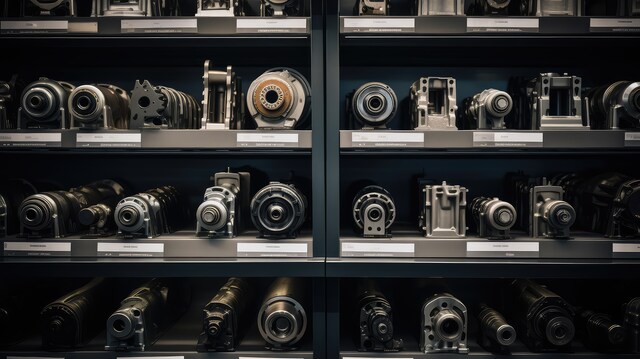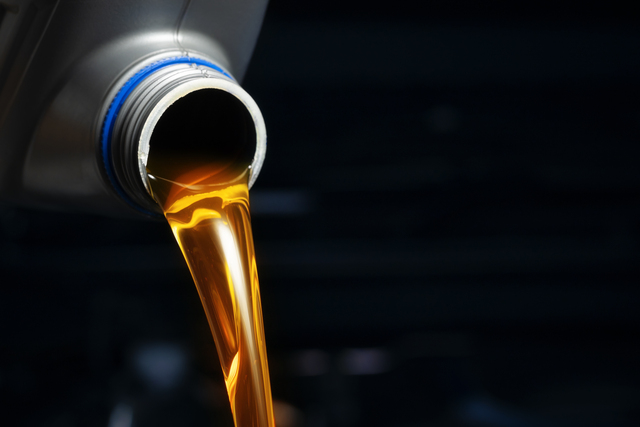Explore the four key components that make up a truck’s brake system—engineered to ensure safe, reliable, and powerful stopping performance on every road.

Whether you’re working with air brakes, brake calipers, or replacing a slack adjuster, being prepared is essential to keeping vehicles on the road and customers happy.
A well-stocked workshop doesn’t need to carry every item under the sun—but it should have a reliable supply of core components used in routine brake servicing and emergency replacements. This guide outlines the most important brake parts to keep in stock, especially if you’re regularly servicing commercial vehicles, trailers, or heavy-duty rigs equipped with brake chambers and slack adjusters.

Having key brake components readily available allows your team to minimise downtime, speed up routine servicing, and keep jobs moving efficiently. It also helps you stay competitive—especially when customers expect fast turnaround and reliable repairs. Partnering with a trusted supplier ensures you always have access to quality parts when you need them most.
One of the most critical components in air brake systems, brake chambers convert air pressure into mechanical force to apply the brakes. These parts experience significant wear over time, especially under heavy loads or frequent use.
What to keep stocked:
Since brake chamber replacement is one of the more common tasks in workshops servicing trucks or trailers, keeping several in stock is a must.
Slack adjusters play a crucial role in maintaining brake performance by keeping the correct distance between the brake shoes and the brake drum. Both manual and automatic slack adjusters are used in commercial brake systems, and mechanics often deal with both during inspections and repairs.
Why they matter:
Having different sizes and spline types available ensures your team can respond quickly to a variety of vehicle makes and models.
Brake shoes are essential for drum brake systems, while brake pads are used in disc brake setups. These friction components are subject to constant wear and require regular replacement to maintain braking efficiency.
Key points:
Workshops that service mixed fleets will benefit from a good range of both brake shoes and pads on the shelf.
For vehicles with disc brakes, brake calipers house the pistons and brake pads, applying pressure to the rotors. Worn or damaged calipers can cause uneven braking or lock-up issues.
Stock tips:
Frequent caliper failure due to corrosion, piston sticking, or seal wear makes these parts essential for quick-turnaround brake jobs.
Brake lines and hoses carry pressurised air or hydraulic fluid to braking components. They can degrade over time, crack, or leak—especially in harsh conditions.
Best to stock:
Keeping various fittings, adaptors, and a few essential tools helps your team create or replace lines on the spot.
Brake drums and rotors are wear items that may require replacement when warped, scored, or out of spec. Having a small but strategic stock of drums and rotors can prevent job delays.
Stock considerations:
Keeping even a limited supply of popular rotor and drum sizes on hand can save time and reduce rescheduling.
Hardware kits include clips, pins, springs, and other components essential for securing brake pads or shoes properly. These parts may seem minor, but they’re often not reusable and essential to a safe install.
Why they’re useful:

Fluids and lubricants are the finishing touch in any brake service. Whether you’re bleeding hydraulic systems or lubricating pins and adjusters, quality products help ensure long-lasting repairs.
Essentials include:
Stocking your workshop with the right brake parts is all about striking the right balance between preparation and productivity. With go-to components like brake chambers, slack adjusters, brake shoes, calipers, and hardware kits on hand, your team can complete jobs quickly, safely, and with confidence.
Being well-prepared not only minimises delays but also builds long-term trust with your customers by keeping their vehicles safely on the road. If you’re looking to upgrade your brake inventory, or need help choosing the right brake components for your workshop, check out our full range of quality parts designed for Australian commercial vehicles and repair professionals.
Q: How do I know what brake parts I should stock most?
A: Track your most common repairs over 3–6 months and adjust your inventory based on patterns. Consider seasonal needs and the types of vehicles you service most.
Q: Should I stock both OEM and aftermarket parts?
A: Many workshops do. OEM ensures compatibility, while aftermarket options can offer better margins or performance in some cases. Offering both gives your customers choice.
Q: What’s the risk of reusing old brake hardware?
A: Reusing springs or clips can cause uneven wear, brake noise, or even component failure. Fresh hardware is inexpensive and improves reliability.
Q: How often should brake fluid be replaced in hydraulic systems?
A: Typically every 12–24 months depending on vehicle use, but always follow the manufacturer’s recommendation. Stock enough for routine flushes during major brake services.
Q: Can I make brake lines on the spot or should I only use pre-cut ones?
A: Both are fine, as long as you use the correct tools and fittings. Pre-cut lines save time, but custom bending offers more flexibility for repairs.